For anyone who is interested in making their own pine needle soap, fire-starters or cleaner, we’ve included the recipes below, as well as a list of other uses for pine needles! Let us know how your projects turn out!
 Pine Needle Fire Starters
Pine Needle Fire Starters
Ingredients
1 cardboard egg carton
Pine needles and cones
Old candles or candle wax.
1. Melt the wax
You will need to melt the wax, and you will need a double boiler setup for this. Any wax used in a saucepan or cooking pot will make the pot unusable for food. So, a good way to handle this is to find an old saucepan at the thrift store and use it, or you can also melt the wax in a clean glass pickle jar set into a pot of hot water.
2. Put the pine needles
3. Pour the wax over top of the egg sections
4. Let it dry
You only need to wait as long as it takes the wax to harden.
5. Break off one “egg” worth to start your fire!
Pine Needle Soap
Ingredients
⅔ cup coconut oil – to produce good lather
⅔ cup olive oil – which makes a hard and mild bar
⅔ cup other liquid oil – like almond oil, grapeseed, sunflower or safflower oil
¼ cup lye – also called 100% sodium hydroxide (find at local hardware stores)
¾ cup cool water – use distilled or purified
Pine needles and/or pine needle essential oil
Method
1. Cover your work area with newspaper. Put your gloves and other protective wear on.
Measure your water into the quart-canning jar. Have a spoon ready. Measure your
lye, making sure you have exactly ¼ cup. Slowly pour the lye into the water, stirring
as you go. Stand back while you stir to avoid the fumes. When the water starts to
clear, you can allow it to sit while you move to the next step.
2. In the pint jar, add your three oils together. They should just make a pint. Heat in a
microwave for about a minute, or place the jar of oils in a pan of water to heat. Check
the temperature of your oils – it should be about 120° or so. Your lye should have
come down by then to about 120°. Wait for both to cool somewhere between 95°
and 105°. This is critical for soap making. Too low and it’ll come together quickly, but
be coarse and crumbly.
3. When both the lye and oils are at the right temperature, pour the oils into a mixing
bowl. Slowly add the lye, stirring until it’s all mixed. Stir by hand for a full 5
minutes. It’s very important to get as much of the lye in contact with as much of the
soap as possible. After about 5 minutes, you can keep stirring or you can use an
immersion blender. The soap mixture will lighten in color and become thick. When it
looks like vanilla pudding it’s at “trace” and you’re good to go.
4. Add your herbs, essential oils or other additions at this point. Stir thoroughly to
combine. Pour the mixture into mold(s) and cover with plastic wrap. Set in an old
towel and wrap it up. This will keep the residual heat in and start the saponification
process. Saponification is the process of the base ingredients becoming soap.
5. After 24 hours, check your soap. If it’s still warm or soft, allow it to sit another 12-24
hours. When it’s cold and firm, turn it out onto a piece of parchment paper or baking
rack. If using a loaf pan as your mold, cut into bars at this point. Allow soap to cure
for 4 weeks or so. Be sure to turn it over once a week to expose all the sides to air
(which is not necessary if using a baking rack). For a DIY soap drying rack, I took an
old potato chip rack and slid cardboard fabric bolts (from a fabric store) through the
rungs.
6. When your soap is fully cured, wrap it in wax paper or keep it in an airtight container.
Hand made soap creates its own glycerin, which is a humectant, pulling moisture
from the air. It should be wrapped to keep it from attracting dust and debris with the
moisture.
Clean up
When you’re done making soap, always clean your equipment that has been exposed to
lye. You can neutralize the lye with white vinegar, then wash the equipment well as you
normally would. For the rest of it, let it sit for several days. Why? Because when you first
make soap, it’s all fat and lye. You’ll be washing forever and you could burn your hands
on the residual lye. If you wait, it becomes soap and all it takes to clean it is a soak in hot
water.
About Pine Needle Cleaner
From diynatural.com
How: You can make pine needle cleaner by making a “tea” with the pine needles. Strain and put into a spray bottle.
Uses: the liquid can be used to spray on counter tops or floors to clean them and leave a fresh pine scent, as pine is naturally antibacterial and smells great!
Fun fact: Pine Sol was originally made this way.
Other pine needle uses
1. Place pine needles under acid loving plants such as holly, azalea, or rhododendron.
2. Place some pine needles in your winter garden to keep moles and voles out. This works well to deter cats and dogs from getting into your garden too. You will need to replace them often as the scent dissipates quickly.
3. Make a foot bath. Take a handful of pine needles and throw into a basin of warm water. Soak your feet in this for at least 15 minutes. The naturally antibacterial action of the pine will help to get rid of anything that may be lingering, such as athlete’s foot.
4. Ground needles can be used to make a soft green dye for cottons and other natural fibres.
5. You can add them to chicken’s nest boxes to help keep bugs out. They work very well on the floor of the hen house too. Mix them with pine or aspen shavings as they are not very absorbent on their own.
6. Make your own incense! Dry pine or spruce needles under low heat in a toaster oven. Grind up pine needles (mortar and pestle or maybe even a coffee grinder) and place a small mound in a fireproof bowl. Light the needles and enjoy the scent.


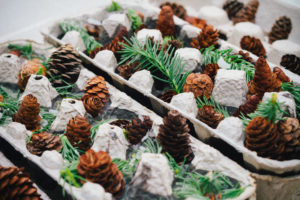

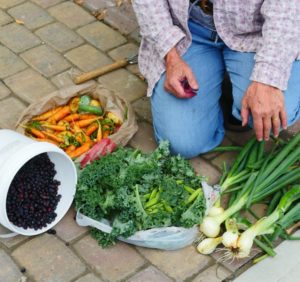
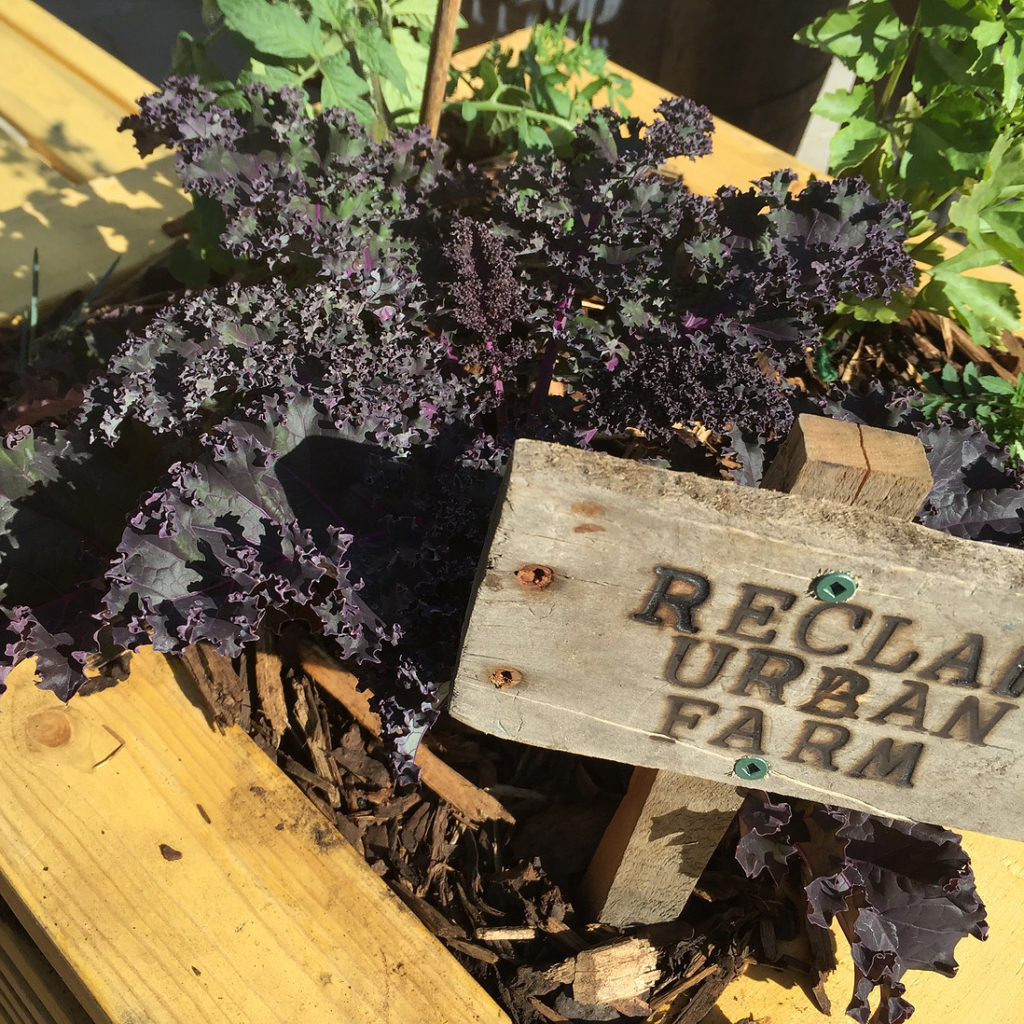 Our first day with Reclaim a few weeks ago allowed Carley and I (Kate) to get up close and personal with composting. We were located at one of Reclaim’s larger plots of land, where there were already veggies growing (I even got some fresh spinach for the salad I had brought for lunch), and one empty plot that was waiting to be planted. We started out by spreading some rich, dark compost over the plot while Ryan, one of the two farmers at Reclaim, rototilled after us. We also spent a good chunk of the day both turning and moving compost, which Reclaim receives from Earth’s General Store just down the street.
Our first day with Reclaim a few weeks ago allowed Carley and I (Kate) to get up close and personal with composting. We were located at one of Reclaim’s larger plots of land, where there were already veggies growing (I even got some fresh spinach for the salad I had brought for lunch), and one empty plot that was waiting to be planted. We started out by spreading some rich, dark compost over the plot while Ryan, one of the two farmers at Reclaim, rototilled after us. We also spent a good chunk of the day both turning and moving compost, which Reclaim receives from Earth’s General Store just down the street.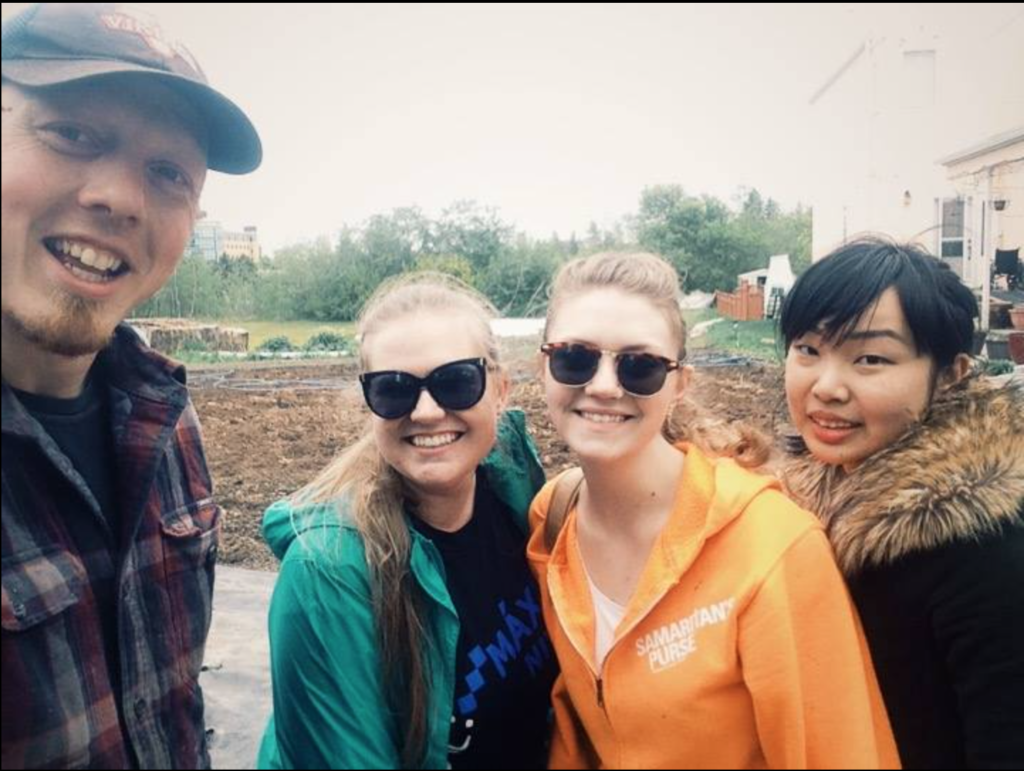
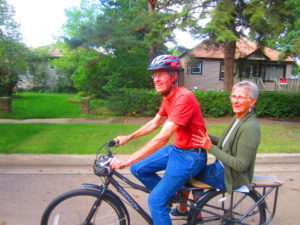
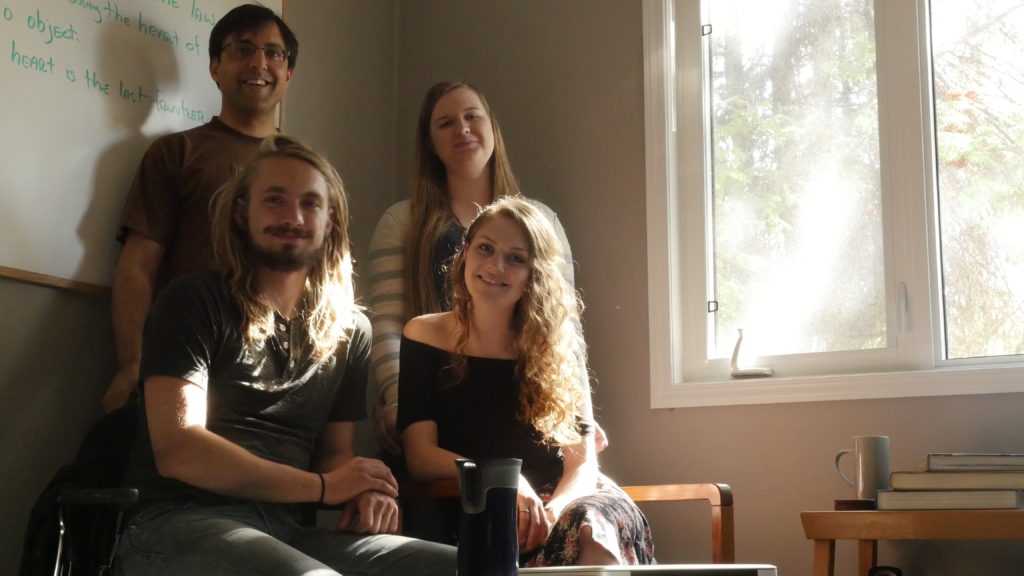 Spring is here, and so are the summer interns at Spirit of the Land! Spirit of the land has hired three interns for May to August, and we have now joined the office! Over the summer, we will be looking at ways Spirit of the Land can improve current programs, further explore and develop programming opportunities, educational events, and community partnerships.
Spring is here, and so are the summer interns at Spirit of the Land! Spirit of the land has hired three interns for May to August, and we have now joined the office! Over the summer, we will be looking at ways Spirit of the Land can improve current programs, further explore and develop programming opportunities, educational events, and community partnerships.